1.7E: Exercises
- Page ID
- 120121
\( \newcommand{\vecs}[1]{\overset { \scriptstyle \rightharpoonup} {\mathbf{#1}} } \)
\( \newcommand{\vecd}[1]{\overset{-\!-\!\rightharpoonup}{\vphantom{a}\smash {#1}}} \)
\( \newcommand{\id}{\mathrm{id}}\) \( \newcommand{\Span}{\mathrm{span}}\)
( \newcommand{\kernel}{\mathrm{null}\,}\) \( \newcommand{\range}{\mathrm{range}\,}\)
\( \newcommand{\RealPart}{\mathrm{Re}}\) \( \newcommand{\ImaginaryPart}{\mathrm{Im}}\)
\( \newcommand{\Argument}{\mathrm{Arg}}\) \( \newcommand{\norm}[1]{\| #1 \|}\)
\( \newcommand{\inner}[2]{\langle #1, #2 \rangle}\)
\( \newcommand{\Span}{\mathrm{span}}\)
\( \newcommand{\id}{\mathrm{id}}\)
\( \newcommand{\Span}{\mathrm{span}}\)
\( \newcommand{\kernel}{\mathrm{null}\,}\)
\( \newcommand{\range}{\mathrm{range}\,}\)
\( \newcommand{\RealPart}{\mathrm{Re}}\)
\( \newcommand{\ImaginaryPart}{\mathrm{Im}}\)
\( \newcommand{\Argument}{\mathrm{Arg}}\)
\( \newcommand{\norm}[1]{\| #1 \|}\)
\( \newcommand{\inner}[2]{\langle #1, #2 \rangle}\)
\( \newcommand{\Span}{\mathrm{span}}\) \( \newcommand{\AA}{\unicode[.8,0]{x212B}}\)
\( \newcommand{\vectorA}[1]{\vec{#1}} % arrow\)
\( \newcommand{\vectorAt}[1]{\vec{\text{#1}}} % arrow\)
\( \newcommand{\vectorB}[1]{\overset { \scriptstyle \rightharpoonup} {\mathbf{#1}} } \)
\( \newcommand{\vectorC}[1]{\textbf{#1}} \)
\( \newcommand{\vectorD}[1]{\overrightarrow{#1}} \)
\( \newcommand{\vectorDt}[1]{\overrightarrow{\text{#1}}} \)
\( \newcommand{\vectE}[1]{\overset{-\!-\!\rightharpoonup}{\vphantom{a}\smash{\mathbf {#1}}}} \)
\( \newcommand{\vecs}[1]{\overset { \scriptstyle \rightharpoonup} {\mathbf{#1}} } \)
\( \newcommand{\vecd}[1]{\overset{-\!-\!\rightharpoonup}{\vphantom{a}\smash {#1}}} \)
Exercises
Suppose \((2,-3)\) is on the graph of \(y = f(x)\). In Exercises 1 - 8, use Theorem 1.7.7 to find a point on the graph of the given transformed function.
- \(y = f(x)+3\)
- \(y = f(x+3)\)
- \(y = f(x)-1\)
- \(y = f(x-1)\)
- \(y = 3f(x)\)
- \(y = f(3x)\)
- \(y = -f(x)\)
- \(y = f(-x)\)
- \(y = f(x-3)+1\)
- \(y = 2f(x+1)\)
- \(y = 10 - f(x)\)
- \(y = 3f(2x) - 1\)
- \(y = \frac{1}{2} f(4-x)\)
- \(y = 5f(2x+1) + 3\)
- \(y = 2f(1-x) -1\)
- \(y =f\left(\dfrac{7-2x}{4}\right)\)
- \(y = \dfrac{f(3x) - 1}{2}\)
- \(y = \dfrac{4-f(3x-1)}{7}\)
The complete graph of \(y = f(x)\) is given below. In Exercises 19 - 27, use it and Theorem 1.7.7 to graph the given transformed function.
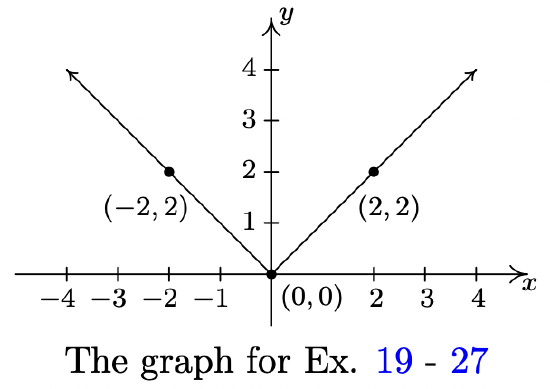
- \(y = f(x) + 1\)
- \(y = f(x) - 2\)
- \(y = f(x+1)\)
- \(y = f(x - 2)\)
- \(y = 2f(x)\)
- \(y = f(2x)\)
- \(y = 2 - f(x)\)
- \(y = f(2-x)\)
- \(y = 2-f(2-x)\)
- Some of the answers to Exercises 19 - 27 above should be the same. Which ones match up? What properties of the graph of \(y=f(x)\) contribute to the duplication?
The complete graph of \(y = f(x)\) is given below. In Exercises 29 - 37, use it and Theorem 1.7.7 to graph the given transformed function.
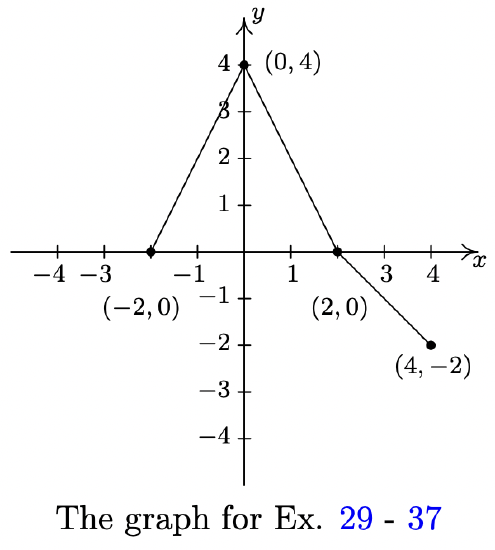
- \(y = f(x) - 1\)
- \(y = f(x + 1)\)
- \(y = \frac{1}{2} f(x)\)
- \(y = f(2x)\)
- \(y = - f(x)\)
- \(y = f(-x)\)
- \(y = f(x+1) - 1\)
- \(y = 1 - f(x)\)
- \(y = \frac{1}{2}f(x+1)-1\)
The complete graph of \(y = f(x)\) is given below. In Exercises 38 - 49, use it and Theorem 1.7.7 to graph the given transformed function.
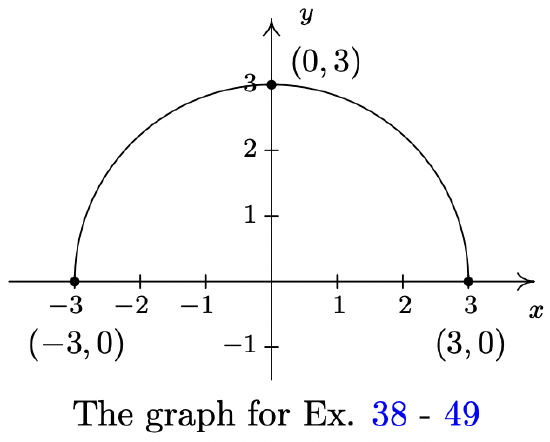
- \(g(x) = f(x) + 3\)
- \(h(x) = f(x) - \frac{1}{2}\)
- \(j(x) = f\left(x - \frac{2}{3}\right)\)
- \(a(x) = f(x + 4)\)
- \(b(x) = f(x + 1) - 1\)
- \(c(x) = \frac{3}{5}f(x)\)
- \(d(x) = -2f(x)\)
- \(k(x) = f\left(\frac{2}{3}x\right)\)
- \(m(x) = -\frac{1}{4}f(3x)\)
- \(n(x) = 4f(x - 3) - 6\)
- \(p(x) = 4 + f(1 - 2x)\)
- \(q(x) = -\frac{1}{2}f\left(\frac{x + 4}{2}\right) - 3\)
The complete graph of \(y = S(x)\) is given below.
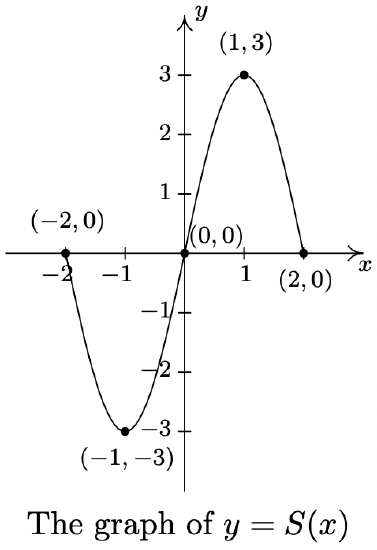
The purpose of Exercises 50 - 53 is to graph \(y = \frac{1}{2}S(-x+1) + 1\) by graphing each transformation, one step at a time.
- \(\ y=S_{1}(x)=S(x+1)\)
- \(\ y=S_{2}(x)=S_{1}(-x)=S(-x+1)\)
- \(\ y=S_{3}(x)=\frac{1}{2} S_{2}(x)=\frac{1}{2} S(-x+1)\)
- \(\ y=S_{4}(x)=S_{3}(x)+1=\frac{1}{2} S(-x+1)+1\)
Let \(f(x) = \sqrt{x}\). Find a formula for a function \(g\) whose graph is obtained from \(f\) from the given sequence of transformations.
- (1) shift right 2 units; (2) shift down 3 units
- (1) shift down 3 units; (2) shift right 2 units
- (1) reflect across the \(x\)-axis; (2) shift up 1 unit
- (1) shift up 1 unit; (2) reflect across the \(x\)-axis
- (1) shift left 1 unit; (2) reflect across the \(y\)-axis; (3) shift up 2 units
- (1) reflect across the \(y\)-axis; (2) shift left 1 unit; (3) shift up 2 units
- (1) shift left 3 units; (2) vertical stretch by a factor of 2; (3) shift down 4 units
- (1) shift left 3 units; (2) shift down 4 units; (3) vertical stretch by a factor of 2
- (1) shift right 3 units; (2) horizontal shrink by a factor of 2; (3) shift up 1 unit
- (1) horizontal shrink by a factor of 2; (2) shift right 3 units; (3) shift up 1 unit
- The graph of \(y = f(x) = \sqrt[3]{x}\) is given below on the left and the graph of \(y = g(x)\) is given on the right. Find a formula for \(g\) based on transformations of the graph of \(f\). Check your answer by confirming that the points shown on the graph of \(g\) satisfy the equation \(y = g(x)\).

- For many common functions, the properties of Algebra make a horizontal scaling the same as a vertical scaling by (possibly) a different factor. For example, we stated earlier that \(\sqrt{9x} = 3\sqrt{x}\). With the help of your classmates, find the equivalent vertical scaling produced by the horizontal scalings \(y = (2x)^{3}, \, y = |5x|, \, y = \sqrt[3]{27x} \,\) and \(\, y = \left(\frac{1}{2} x\right)^{2}\). What about \(y = (-2x)^{3}, \, y = |-5x|, \, y = \sqrt[3]{-27x}\,\) and \(\, y = \left(-\frac{1}{2} x\right)^{2}\)?
- We mentioned earlier in the section that, in general, the order in which transformations are applied matters, yet in our first example with two transformations the order did not matter. (You could perform the shift to the left followed by the shift down or you could shift down and then left to achieve the same result.) With the help of your classmates, determine the situations in which order does matter and those in which it does not.
- What happens if you reflect an even function across the \(y\)-axis?
- What happens if you reflect an odd function across the \(y\)-axis?
- What happens if you reflect an even function across the \(x\)-axis?
- What happens if you reflect an odd function across the \(x\)-axis?
- How would you describe symmetry about the origin in terms of reflections?
- As we saw in Example 1.7.5, the viewing window on the graphing calculator affects how we see the transformations done to a graph. Using two different calculators, find viewing windows so that \(f(x) = x^{2}\) on the one calculator looks like \(g(x) = 3x^{2}\) on the other.
Answers
- \((2,0)\)
- \((-1,-3)\)
- \((2,-4)\)
- \((3,-3)\)
- \((2,-9)\)
- \(\left(\frac{2}{3}, -3\right)\)
- \((2,3)\)
- \((-2,-3)\)
- \((5,-2)\)
- \((1,-6)\)
- \((2,13)\)
- \(y = (1,-10)\)
- \(\left(2, -\frac{3}{2}\right)\)
- \(\left(\frac{1}{2}, -12 \right)\)
- \((-1,-7)\)
- \(\left(-\frac{1}{2}, -3\right)\)
- \(\left(\frac{2}{3}, -2 \right)\)
- \((1,1)\)
- \(y = f(x) + 1\)
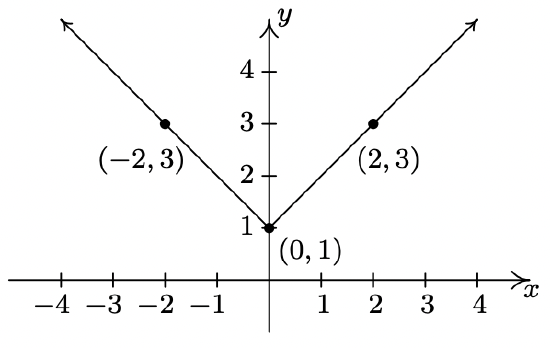
- \(y = f(x) - 2\)
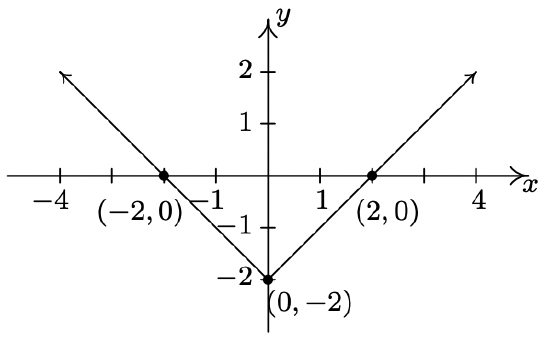
- \(y = f(x+1)\)
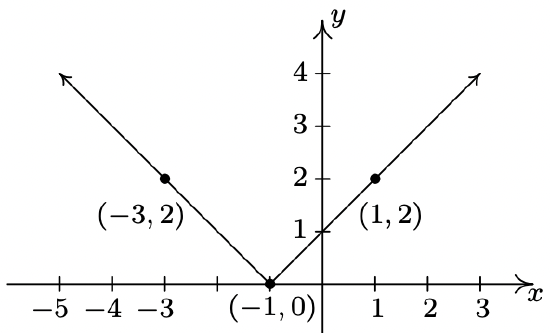
- \(y = f(x - 2)\)
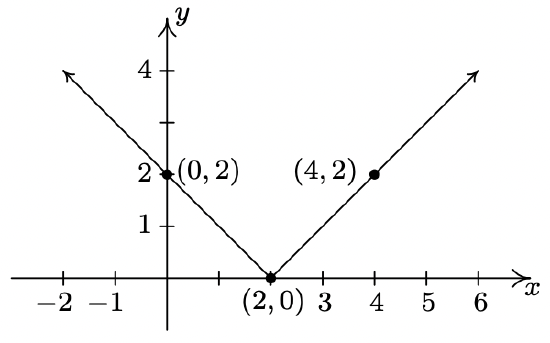
- \(y = 2f(x)\)
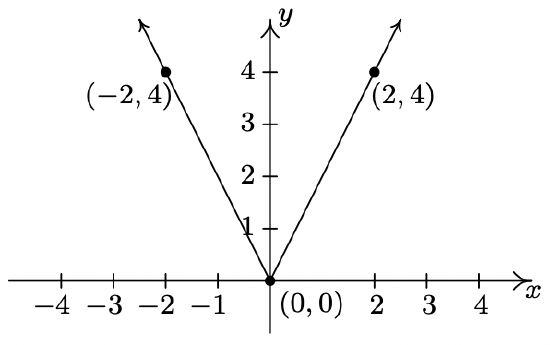
- \(y = f(2x)\)

- \(y = 2 - f(x)\)
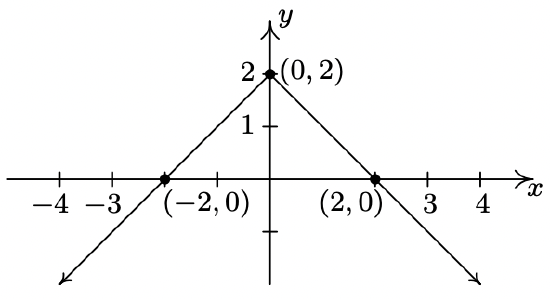
- \(y = f(2-x)\)
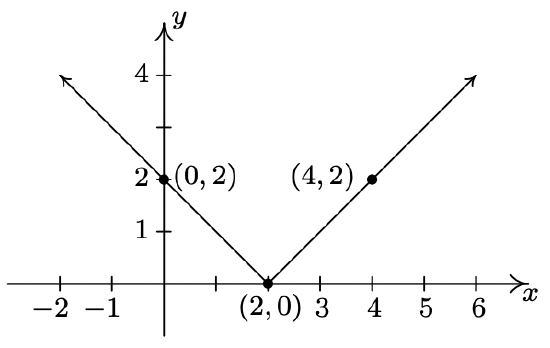
- \(y = 2-f(2-x)\)
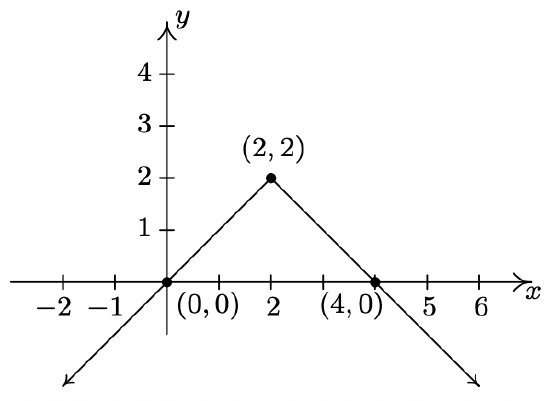
- \(y = f(x) - 1\)
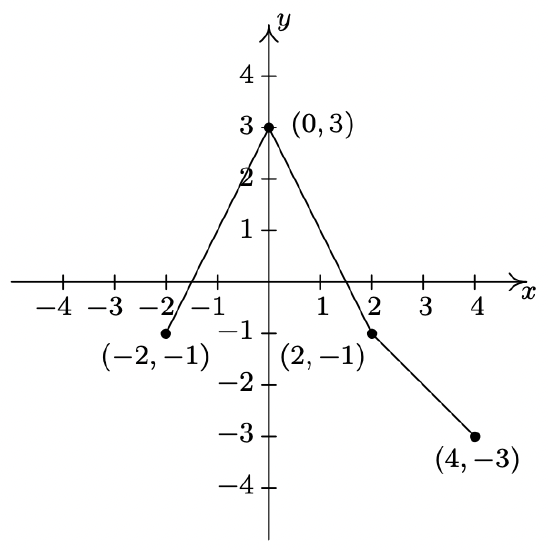
- \(y = f(x + 1)\)
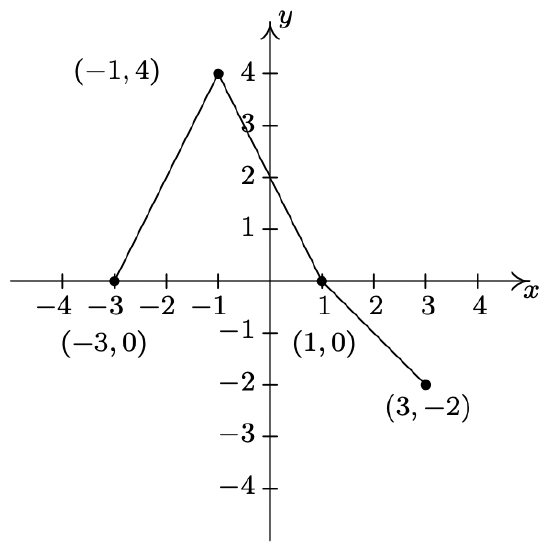
- \(y = \frac{1}{2} f(x)\)
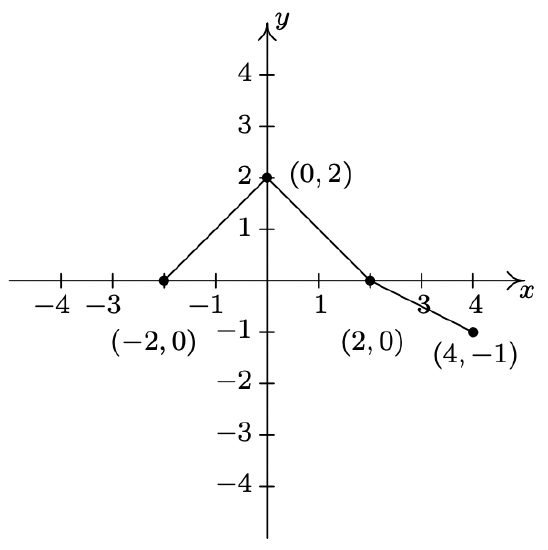
- \(y = f(2x)\)
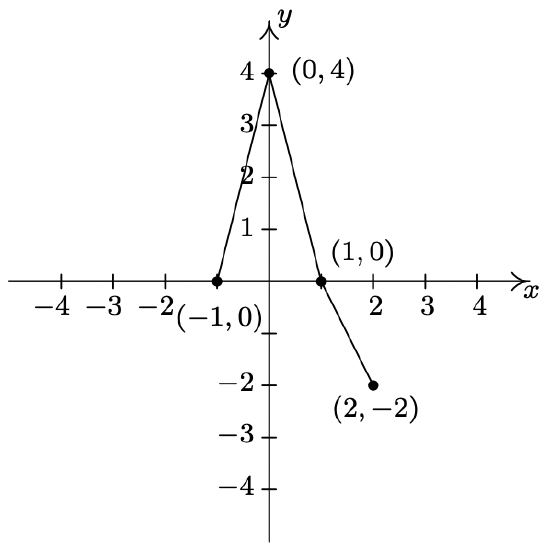
- \(y = - f(x)\)
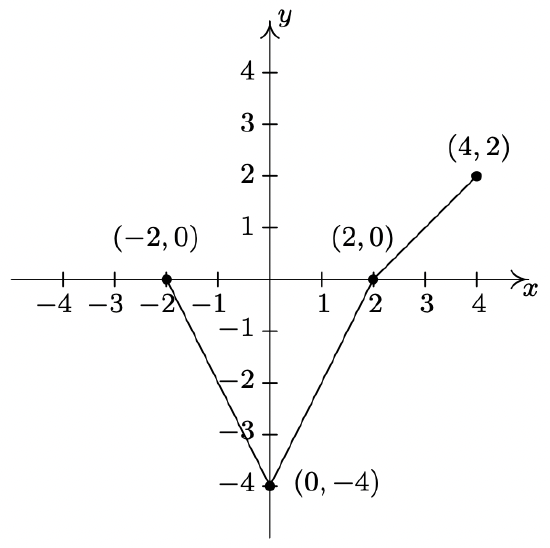
- \(y = f(-x)\)
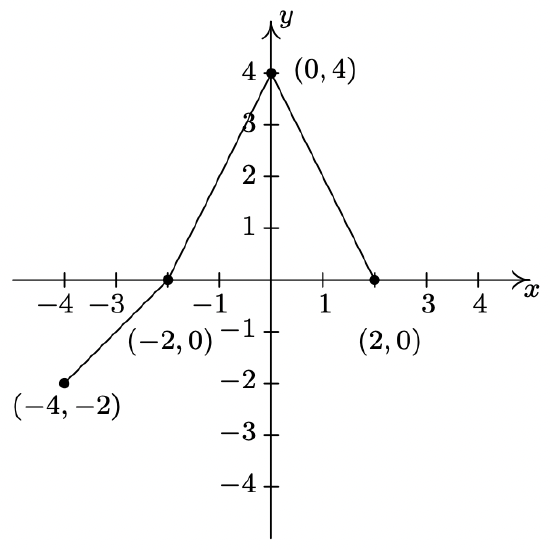
- \(y = f(x+1) - 1\)
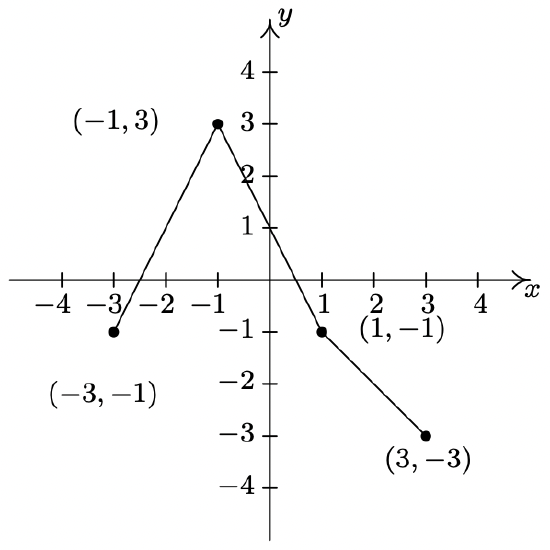
- \(y = 1 - f(x)\)
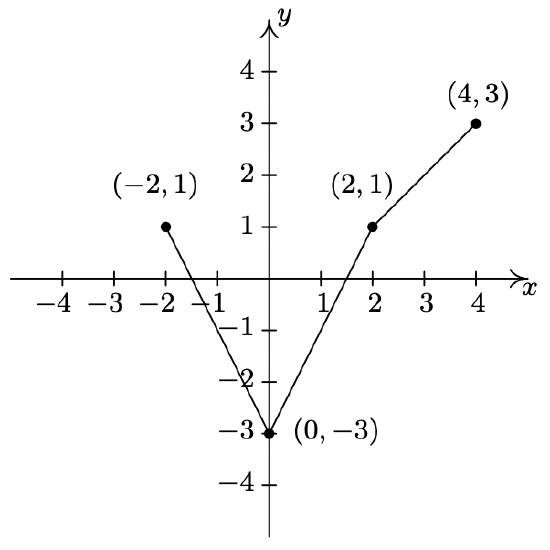
- \(y = \frac{1}{2}f(x+1)-1\)
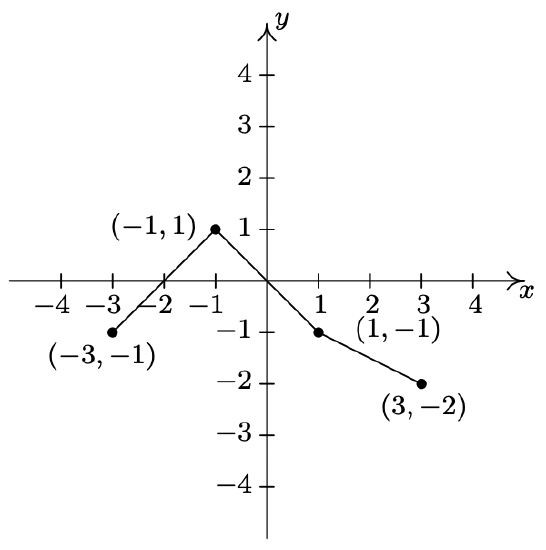
- \(g(x) = f(x) + 3\)
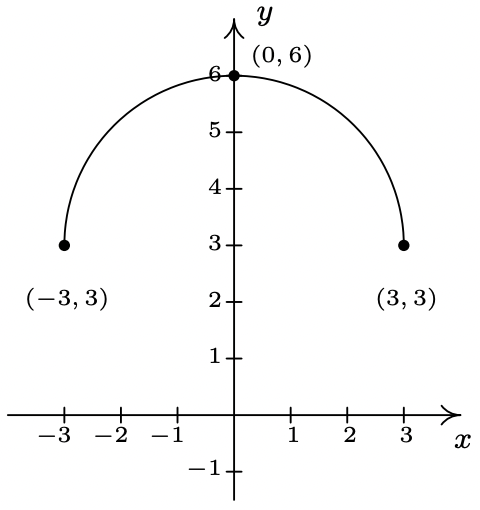
- \(h(x) = f(x) - \frac{1}{2}\)
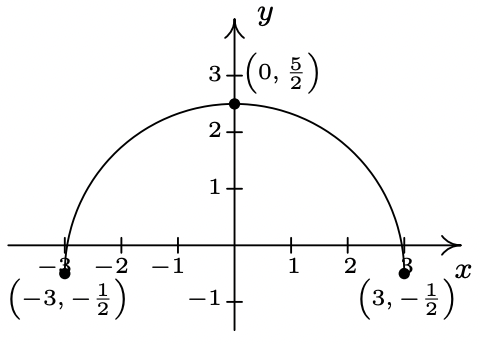
- \(j(x) = f\left(x - \frac{2}{3}\right)\)
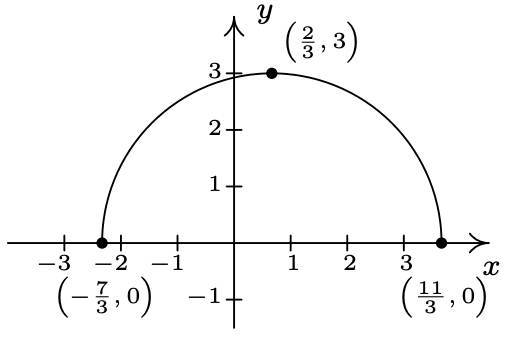
- \(a(x) = f(x + 4)\)
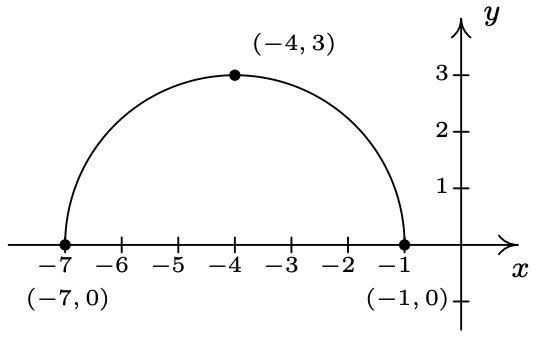
- \(b(x) = f(x + 1) - 1\)
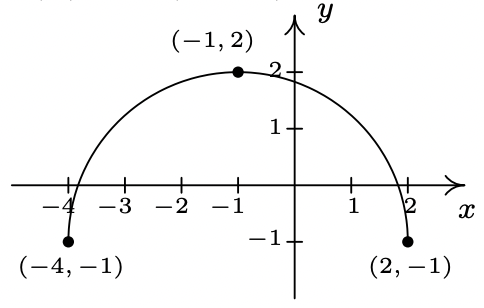
- \(c(x) = \frac{3}{5}f(x)\)
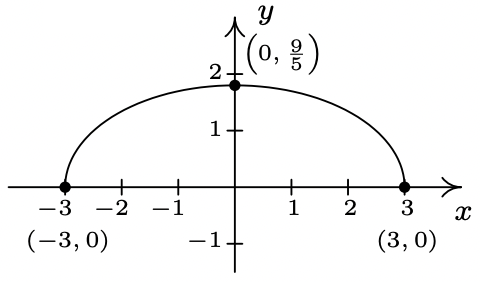
- \(d(x) = -2f(x)\)

- \(k(x) = f\left(\frac{2}{3}x\right)\)
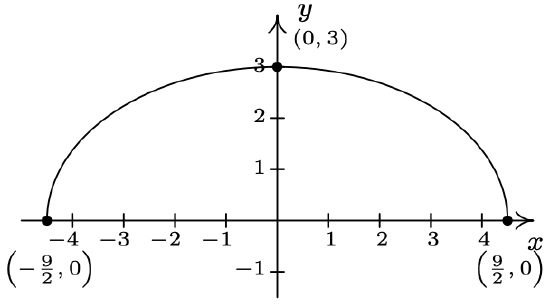
- \(m(x) = -\frac{1}{4}f(3x)\)
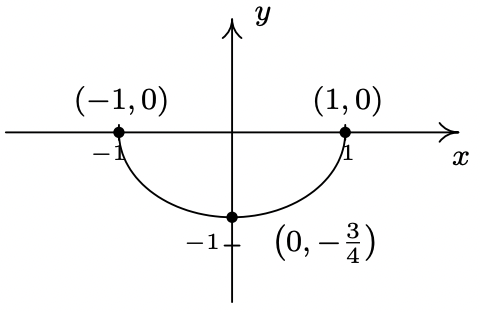
- \(n(x) = 4f(x - 3) - 6\)
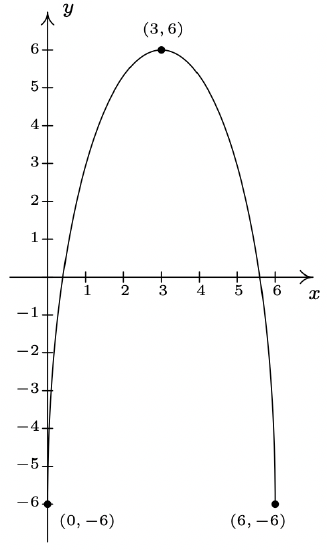
- \(p(x) = 4 + f(1 - 2x) = f(-2x + 1) + 4\)
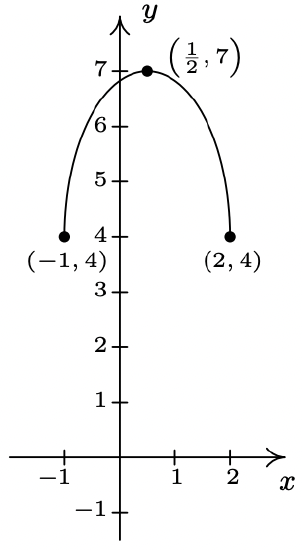
- \(q(x) = -\frac{1}{2}f\left(\frac{x + 4}{2}\right) - 3 = -\frac{1}{2}f\left( \frac{1}{2}x + 2 \right) - 3\)
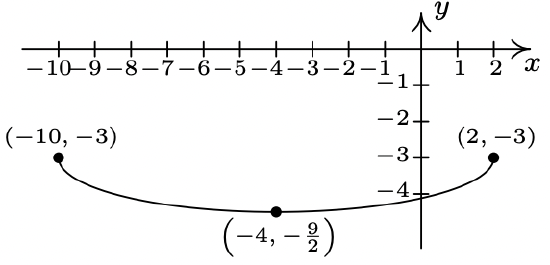
- \(\ y=S_{1}(x)=S(x+1)\)
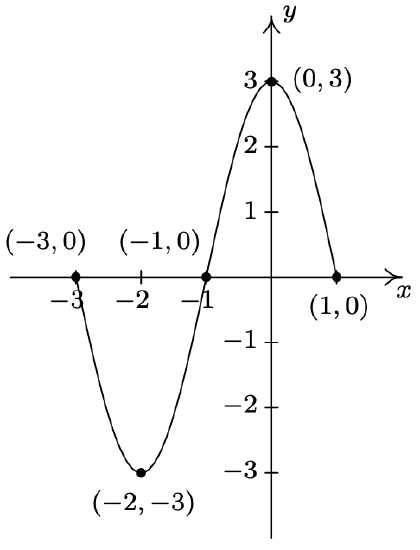
- \(\ y=S_{2}(x)=S_{1}(-x)=S(-x+1)\)

- \(\ y=S_{3}(x)=\frac{1}{2} S_{2}(x)=\frac{1}{2} S(-x+1)\)
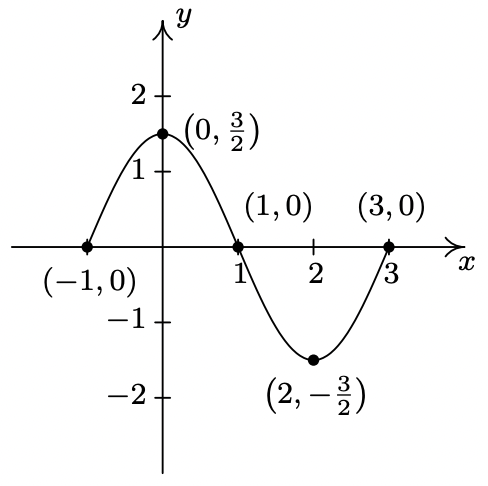
- \(\ y=S_{4}(x)=S_{3}(x)+1=\frac{1}{2} S(-x+1)+1\)
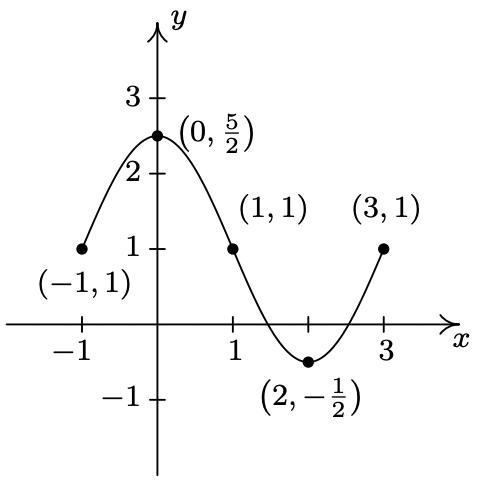
- \(g(x) = \sqrt{x-2} - 3\)
- \(g(x) = \sqrt{x-2} - 3\)
- \(g(x) = -\sqrt{x} + 1\)
- \(g(x) = -(\sqrt{x} + 1) = -\sqrt{x} - 1\)
- \(g(x) = \sqrt{-x+1} + 2\)
- \(g(x) = \sqrt{-(x+1)} + 2 = \sqrt{-x-1} + 2\)
- \(g(x) = 2\sqrt{x+3} - 4\)
- \(g(x) = 2\left(\sqrt{x+3} - 4\right) = 2\sqrt{x+3} - 8\)
- \(g(x) = \sqrt{2x-3} + 1\)
- \(g(x) = \sqrt{2(x-3)} + 1 = \sqrt{2x-6}+1\)
- \(g(x) = -2\sqrt[3]{x + 3} - 1\) or \(g(x) = 2\sqrt[3]{-x - 3} - 1\)


